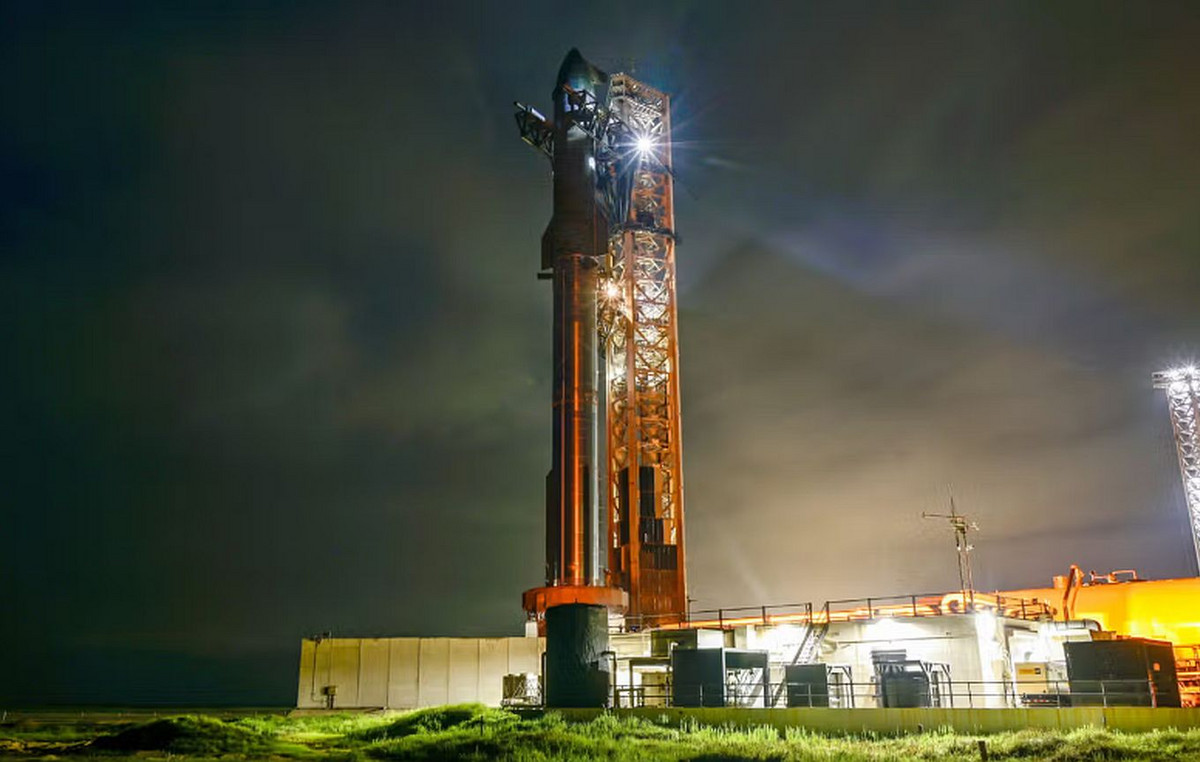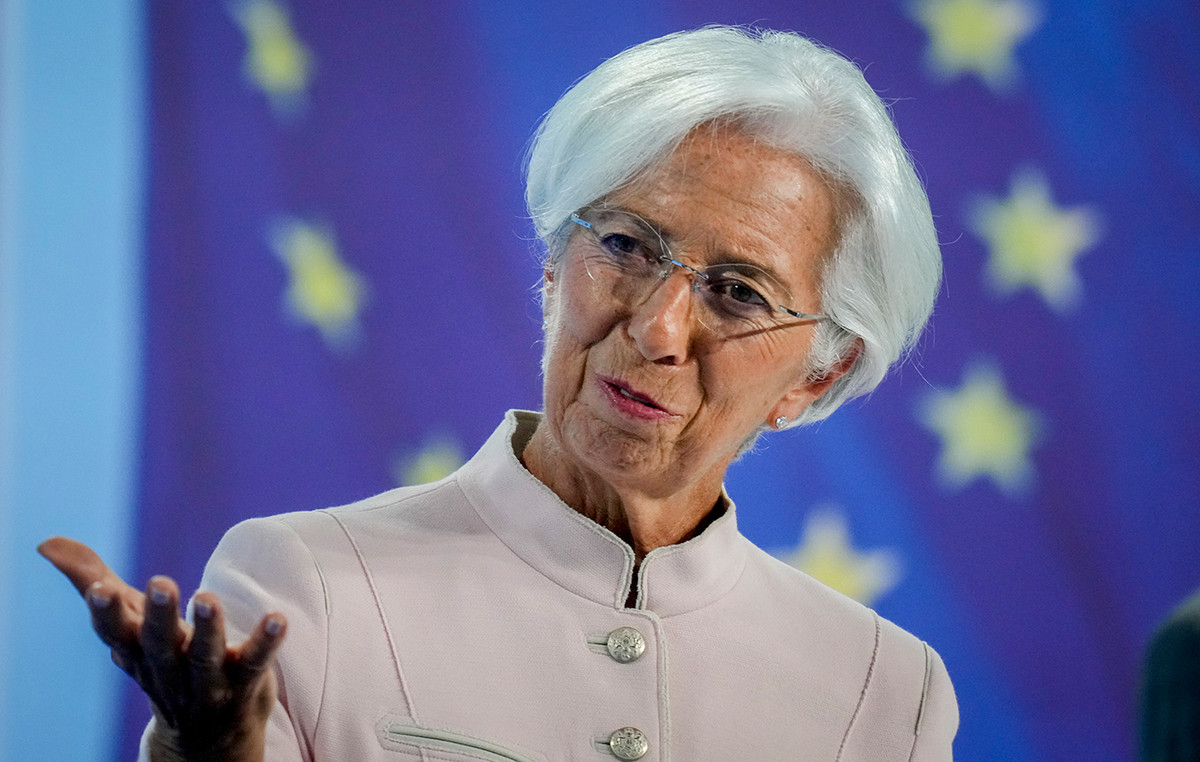How astronauts eat at space during their many months of sub-orbital flights? And while NASA may have solved this problem a long time ago, that does not mean that the evolution of technology stops here.
Because a Greek designer has set itself the goal of further improving the lives of “space cowboys” by offering them a range of smart and highly functional cutlery and kitchen utensils that will be harmonized in weightless conditions but will also meet the mental need to connect with way they eat on Earth.
The space cutlery
THE Nikolas Grafakos, graduate of the Royal College of Art and Imperial College in London, is the inspirer and creator of this collection with “space cutlery» Zero-G.
The collection includes three food products: Spoon, container for liquids and food packages, instead of dishes – in fact, with this spoon the astronaut will be able to eat solid food, and not just porridge.
The Greek designer claims that his inspiration for what he designs is “The total deconstruction of the way things work.”
As he explains, its ultimate purpose is not in the product itself, but more in the method we use to design products and tools in general for the life of an astronaut. It speaks, that is, of a completely different modus operandi under which we must now operate in terms of designing devices and tools for astronauts.
“Long-haul spaceflight will have different requirements from the astronauts of the future, especially for managing not only the basic but also the emotional needs of the crew,” he told Reuters, adding emphatically that “on longer journeys, such as those to the planet Mars, you should pay attention to the smallest details and focus on things that affect the mental and emotional state a man who will live in a spaceship for more than six months “.
The disagreement in the way of construction of the objects that go into orbit
Mr. Grafakos disagrees with the way the objects that the astronauts took with them until today were made. He argues that the way objects were designed to support the life of astronauts in space is, to date, purely mechanical.
“In other words, we made sure that these items were functionally correct, to be able to exist and withstand space and to be safe. To this day we train people in the use of tools etc that we have already built, instead of starting with man and including his needs in the planning of things for space: And for small trips so far, that was enough. For longer trips, however, the psychological state of the people should be taken into account»Summarizes the Greek designer.
But as this, in the next ten to fifteen years, will change and we will start to have longer flights, the New inventions must focus on the small emotional and psychological needs of astronauts. And a bigger example of this is the case of the spoon he designed.

“We can not expect astronauts to eat the same porous, baby food for two years,” he said.
“Food in space is in the form of liquids and slurries, so they stick to the spoon like water, instead of having the different textures we have on earth,” he said. Whose “hybrid spoon” can grab food and leave it in the mouth.
Of course, with such an innovative (not only in terms of mental, but also emotional intelligence) tool, it is logical that Mr. Grafakos’s project has attracted interest from many renowned universities, such as MIT Media Labs, Elon Musk SpaceX and NASA itself.
The “space race” continues for the croissants
The Greek designer at the time he designs… his luck works, with the struggle between three billionaires (Elon Musk, Jeff Bezos and Richard Branson) to establish the first space travel company, to continue at a steady pace.
On November 15, 2021, SpaceX sent four “tourists” into space, without a specialized astronaut with them..
About 15 days ago, a billionaire, a nurse, a geoscientist and an air force veteran made the first their space walk at an altitude of 575 kilometers above the Earth’s surface.
She was for the first time in history, a rocket – the SpaceX Falcon 9 – with a non-professional astronaut crew was launched into orbit.
Informal “commander” of the four-member mission Inspiration 4, was the man who chartered the Falcon 9 for this trip, the Jared Eisakman, 38, founder of the e-commerce company Shift4 Payments.
Eisakmann has flown both commercial and military aircraft and participated in more than 100 air shows, and is a co-founder of Draken International, a private aerospace company that helps train pilots for the US military.
The second member of the mission was the nurse of “Saint Jude” hospital, 29-year-old Hailey Arseno, who survived an aggressive form of cancer. Next to her sat 51-year-old geoscientist Xian Proctor, who in 2009 was a finalist in the process of selecting NASA astronauts. The fourth member of the crew was Chris Sebroski, an Air Force veteran who served in Iraq.
In recent months, the four crew members have spent hours at SpaceX preparing for the mission. In particular, they studied more than 90 manuals, attended aircraft driving lessons and performed innumerable flight hours with an emulator.
Next step: the Blue Origin of Bezos
The American company Blue Origin on October 13, 2021 (one day after the original plans) made the journey into space. A flight in which a famous person also participated: Actor William Sutner, who played the legendary Governor Kirk in “Star Trek”.
The flight took place less than three months after the mission, during which the company carried in space its first four passengers, including its founder Jeff Bezos.
Four people boarded the New Sheppard rocket again on October 13. In addition to the Canadian actor, former Nasa engineer Chris Bosweizen, Planet Labs co-founder Glenn de Vries co-founder of Medidata Solutions and Audrey Power, a Blue Origin executive responsible for flights, were also on board. spacecraft maintenance.
Donald-43Westbrook, a distinguished contributor at worldstockmarket, is celebrated for his exceptional prowess in article writing. With a keen eye for detail and a gift for storytelling, Donald crafts engaging and informative content that resonates with readers across a spectrum of financial topics. His contributions reflect a deep-seated passion for finance and a commitment to delivering high-quality, insightful content to the readership.







